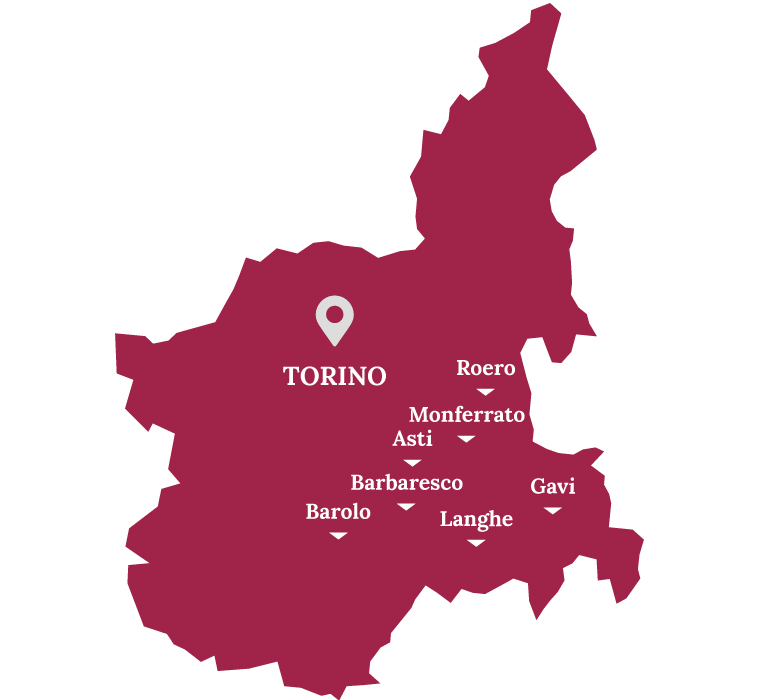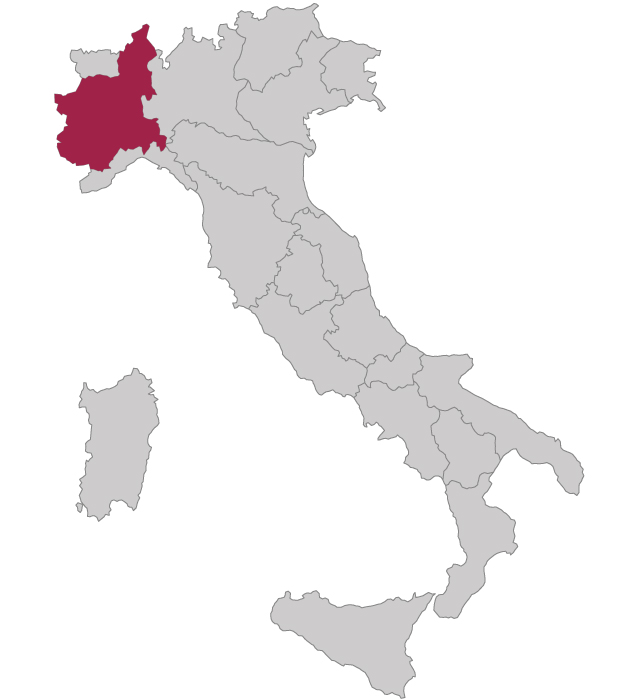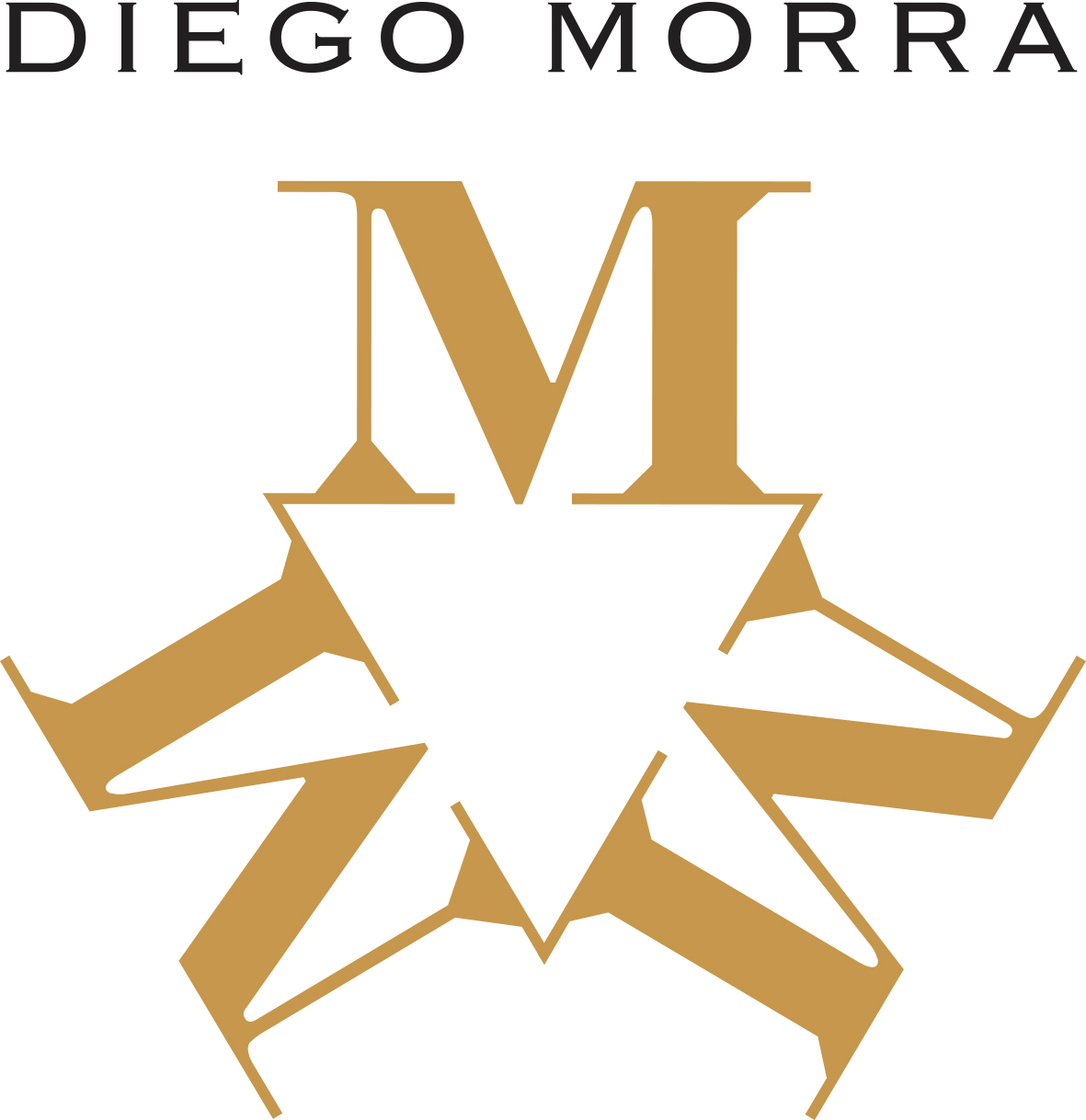Barolo is known as the “the king of wines and wine of kings.” The history of this amazing red includes an incredible cast of characters – a king (a real one), a brilliant and beautiful French countess called Juliette Colbert de Maulévrier, her immensely wealthy Piedmontese husband, the last Marquis Falletti di Barolo, and a national hero, Camillo Benso di Cavour (the man who worked hard to unify Italy through diplomatic means). Juliette – a saint-in-progress for Catholics – would require a book of her own to describe her unique and generous life. Suffice it to say that in between lobbying for better prison conditions and concretely helping underprivileged women and children, she practically “invented” modern Barolo – with a little help from a Bordeaux oenologist called Louis Oudart. This all happened in the early 1800s, between Napoleon’s rule, the Risorgimento and Italian unification (1861). However, a Nebbiolo-based wine called Barolo existed well before “Giulia di Barolo” intervened: Nebbiolo wines go as far back as 1268 (in Rivoli, province of Cuneo) and 1495 (in La Morra), while the name “Barolo” used for a red wine made from Nebbiolo grapes is first mentioned in 1730 in London (the Savoy of Piedmont sent some bottles to their local ambassador). What made Juliette’s Barolo special was the fact that fermentation was completed with no residual sugar: Count Oudart had corrected the winemaking process and the result was a magnificent, dry red that could evolve beautifully for years and even decades. Cavour subsequently also employed Oudart in his own family vineyards, and further contributed to enhancing the wine’s reputation among diplomatic and political circles. Barolo takes its name from a small town in the Langhe hills, southwest of Alba. Unlike most nearby towns, this is not on a hilltop but on a spur-like plateau at the bottom of a valley, sheltered by an amphitheater of hills (in fact, “Barolo” probably comes from the Celtic language, bas reul, meaning “low place”). The first document to mention the town goes back to the year 1200. It seems the growth of the region and the vineyards went hand in hand. The Nebbiolo variety has numerous sub-varieties, but only three of them are allowed to go into Barolo wines according to the DOC regulations of 1966, then the DOCG norms of 1980: Lampia, Michet and Rosè. DOCG regulations are extremely strict, and a mere eleven comuni are allowed to produce Barolo, all in a tiny area within the province of Cuneo: La Morra, Barolo, Verduno, Castiglione Falletto, Monforte d’Alba, Serralunga, Novello, Roddi, Grinzano Cavour, Diano d’Alba and Cherasco. The vineyards boast prevalently calcareous clay soils and are hilly, located at altitudes varying between 300 and 500 meters (984-1,640 feet) above sea level, with mostly southern exposure. The appellation is an intricate patchwork of complexities, with minuscule differences in components and climate affecting the style of the wines from vineyard to vineyard; not to mention the old and new school in Barolo making (respectively larger, older barrels for longer periods for an austere, traditional style and newer, smaller barrels for shorter élevage and an internationally appealing, modern style). The western vineyards are mostly calcareous marl dating back to the Tortonian stage (Upper Miocene), similar to the terroir in Barbaresco; the soil has high levels of manganese and magnesium, which makes for a very fragrant bouquet. The resulting Barolos are more feminine, softer, with silkier tannins and very complex, intense aromas. East of the Barolo-Alba road, the soil is sandier, less fertile, with high levels of iron, yielding even greater structure and concentration, though harsher tannins when young. Often, they are very robust, masculine Barolos that need a very long time to mellow and soften.Barolo is known as the “the king of wines and wine of kings.” The history of this amazing red includes an incredible cast of characters – a king (a real one), a brilliant and beautiful French countess called Juliette Colbert de Maulévrier, her immensely wealthy Piedmontese husband, the last Marquis Falletti di Barolo, and a national hero, Camillo Benso di Cavour (the man who worked hard to unify Italy through diplomatic means). Juliette – a saint-in-progress for Catholics – would require a book of her own to describe her unique and generous life. Suffice it to say that in between lobbying for better prison conditions and concretely helping underprivileged women and children, she practically “invented” modern Barolo – with a little help from a Bordeaux oenologist called Louis Oudart. This all happened in the early 1800s, between Napoleon’s rule, the Risorgimento and Italian unification (1861). However, a Nebbiolo-based wine called Barolo existed well before “Giulia di Barolo” intervened: Nebbiolo wines go as far back as 1268 (in Rivoli, province of Cuneo) and 1495 (in La Morra), while the name “Barolo” used for a red wine made from Nebbiolo grapes is first mentioned in 1730 in London (the Savoy of Piedmont sent some bottles to their local ambassador). What made Juliette’s Barolo special was the fact that fermentation was completed with no residual sugar: Count Oudart had corrected the winemaking process and the result was a magnificent, dry red that could evolve beautifully for years and even decades. Cavour subsequently also employed Oudart in his own family vineyards, and further contributed to enhancing the wine’s reputation among diplomatic and political circles. Barolo takes its name from a small town in the Langhe hills, southwest of Alba. Unlike most nearby towns, this is not on a hilltop but on a spur-like plateau at the bottom of a valley, sheltered by an amphitheater of hills (in fact, “Barolo” probably comes from the Celtic language, bas reul, meaning “low place”). The first document to mention the town goes back to the year 1200. It seems the growth of the region and the vineyards went hand in hand. The Nebbiolo variety has numerous sub-varieties, but only three of them are allowed to go into Barolo wines according to the DOC regulations of 1966, then the DOCG norms of 1980: Lampia, Michet and Rosè. DOCG regulations are extremely strict, and a mere eleven comuni are allowed to produce Barolo, all in a tiny area within the province of Cuneo: La Morra, Barolo, Verduno, Castiglione Falletto, Monforte d’Alba, Serralunga, Novello, Roddi, Grinzano Cavour, Diano d’Alba and Cherasco. The vineyards boast prevalently calcareous clay soils and are hilly, located at altitudes varying between 300 and 500 meters (984-1,640 feet) above sea level, with mostly southern exposure. The appellation is an intricate patchwork of complexities, with minuscule differences in components and climate affecting the style of the wines from vineyard to vineyard; not to mention the old and new school in Barolo making (respectively larger, older barrels for longer periods for an austere, traditional style and newer, smaller barrels for shorter élevage and an internationally appealing, modern style). The western vineyards are mostly calcareous marl dating back to the Tortonian stage (Upper Miocene), similar to the terroir in Barbaresco; the soil has high levels of manganese and magnesium, which makes for a very fragrant bouquet. The resulting Barolos are more feminine, softer, with silkier tannins and very complex, intense aromas. East of the Barolo-Alba road, the soil is sandier, less fertile, with high levels of iron, yielding even greater structure and concentration, though harsher tannins when young. Often, they are very robust, masculine Barolos that need a very long time to mellow and soften.
Map of the region



